|
|
|||
|
A bright engaging classroom is more than just an aesthetic choice; it is a powerful tool that can influence mood, behaviour, and even cognitive development. In a classroom, the strategic use of colours can significantly enhance the learning experience, foster creativity, and create an environment suited to both focus and relaxation. Selecting brightly coloured classroom furniture and seating can enhance any classroom setting for their students' emotional, social, and academic growth. |
|||
 |
|||
|
Conversely, softer hues such as blues, greens, and purples can help reduce stress and promote a sense of calm. These colours are linked to tranquillity, focus, and well-being. They can be particularly useful in spaces where concentration or quiet thinking is required, such as reading corners or story areas |
|||
 |
|||
|
On the other hand, high-energy colours like red and yellow can increase alertness and stimulate the brain, but when overused, they can also become overwhelming and distracting. The key is balance: too much of any one colour can hinder concentration, while a thoughtfully chosen palette can enhance any learning environment. . |
|||
 |
|||
|
Alternatively, vibrant colours like orange or yellow can be used to energise students and foster a positive, upbeat atmosphere, especially in active parts of the day like group discussions or hands-on projects. These colours can help stimulate creativity, enthusiasm, and collaboration. |
|||
 |
|||
|
By surrounding students with diverse colours, educators can help nurture a sense of wonder and curiosity. Additionally, incorporating different colour schemes for specific subjects or areas of the classroom can encourage students to associate certain colours with particular types of learning. This subtle association can reinforce subject-specific engagement, helping students feel more connected to the content. |
|||
 |
|||
|
Colour-coding can also apply to classroom behaviour systems. Using colours to represent various behavioural expectations or to track progress in a visual, non-verbal way can be an effective method of reinforcement and motivation. For example, a traffic light system (green, yellow, red) can give students a quick, visual cue on their behaviour, allowing them to self-regulate without needing constant verbal reminders. |
|||
 |
|||
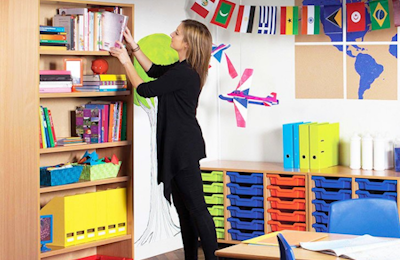 6. The Power of Colours: The overall design and layout of the classroom play a crucial role in learning, and colour is an integral part of this. A classroom that is well-lit, clean, and thoughtfully designed can inspire a sense of order and purpose. Seating, Storage and Desking can contribute to a classroom's ambiance. It’s important to remember that while colours can be an incredibly effective tool, its power lies in its subtlety and thoughtful application. Overloading a classroom with too many bold colours can create visual clutter and overwhelm students. Instead, aim for a balanced palette that promotes a sense of harmony, supports learning, and aligns with the emotional needs of the students. 6. The Power of Colours: The overall design and layout of the classroom play a crucial role in learning, and colour is an integral part of this. A classroom that is well-lit, clean, and thoughtfully designed can inspire a sense of order and purpose. Seating, Storage and Desking can contribute to a classroom's ambiance. It’s important to remember that while colours can be an incredibly effective tool, its power lies in its subtlety and thoughtful application. Overloading a classroom with too many bold colours can create visual clutter and overwhelm students. Instead, aim for a balanced palette that promotes a sense of harmony, supports learning, and aligns with the emotional needs of the students. |
|||
 |
|||
|
Colour in the classroom is more than a matter of decoration; it’s an essential element that can affect learning outcomes, emotional development, and overall classroom dynamics. By carefully choosing colours that promote focus, creativity, and emotional well-being, teachers can create an environment where students feel motivated, engaged, and supported. Whether it’s through vibrant accents, calming tones, or practical colour-coding systems, the strategic use of colour can make a world of difference in the way students experience and engage with their learning environment. Incorporating colour thoughtfully into classroom design isn't just about making the space look appealing—it's about using the science of colours to create a space where students thrive. If you have a space in need of our expertise Contact us today to add a splash of colour. |
|||
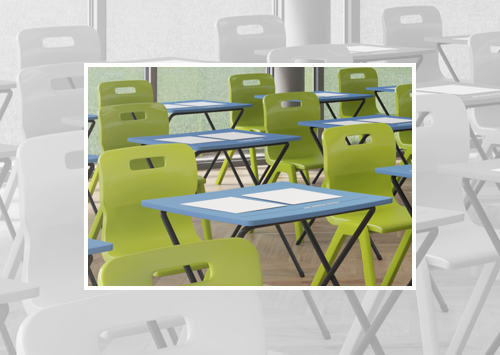 |
 |
 |
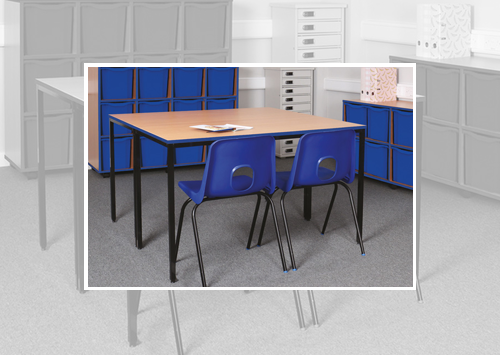 |
|
Updated 03.12.2024 |
|||
Why not take inspiration from our latest designs and installations
Terms & Conditions | Privacy Statement | Contact Us
© Copyright 2025 Universal Office Solutions


 1. Welcoming and Positive Atmosphere
1. Welcoming and Positive Atmosphere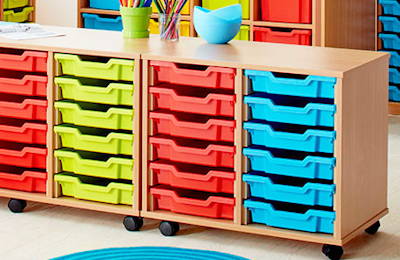 2. Boosting Focus and Concentration
2. Boosting Focus and Concentration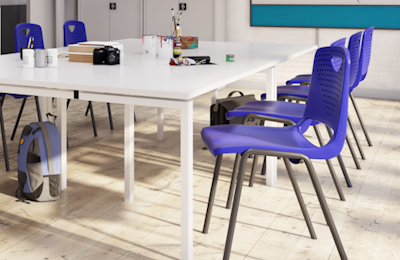 3. Supporting Emotional Development
3. Supporting Emotional Development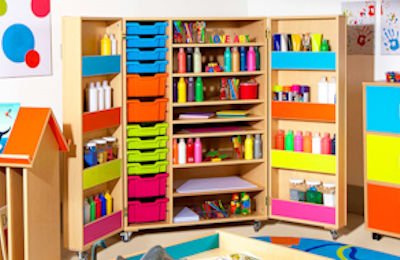 4. Encouraging Creativity and Expression
4. Encouraging Creativity and Expression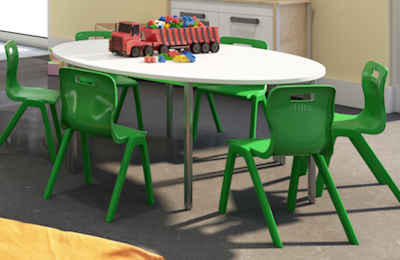 5. Colour-Coding for Organization and Clarity
5. Colour-Coding for Organization and Clarity